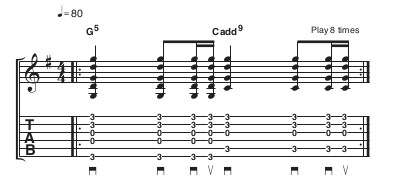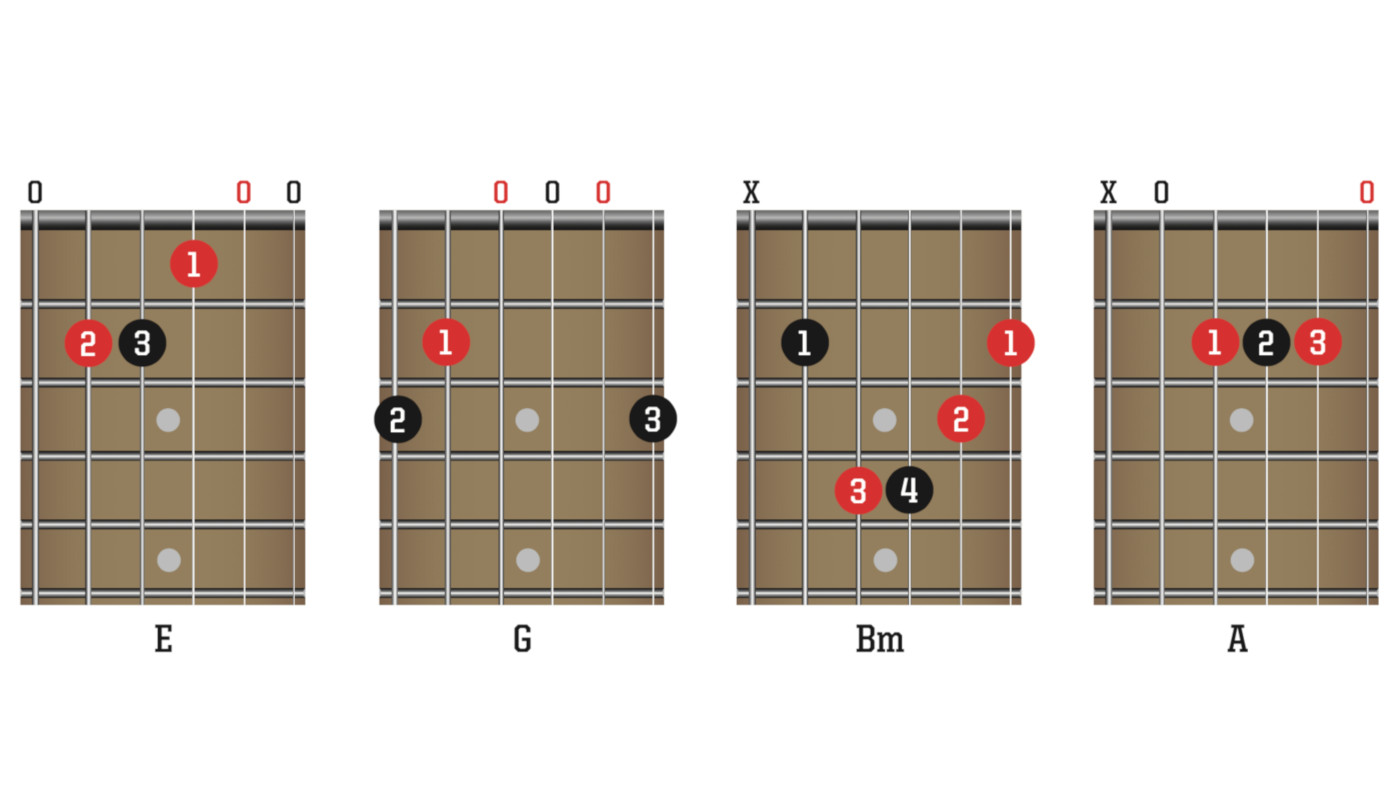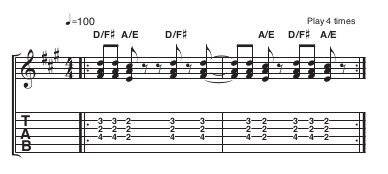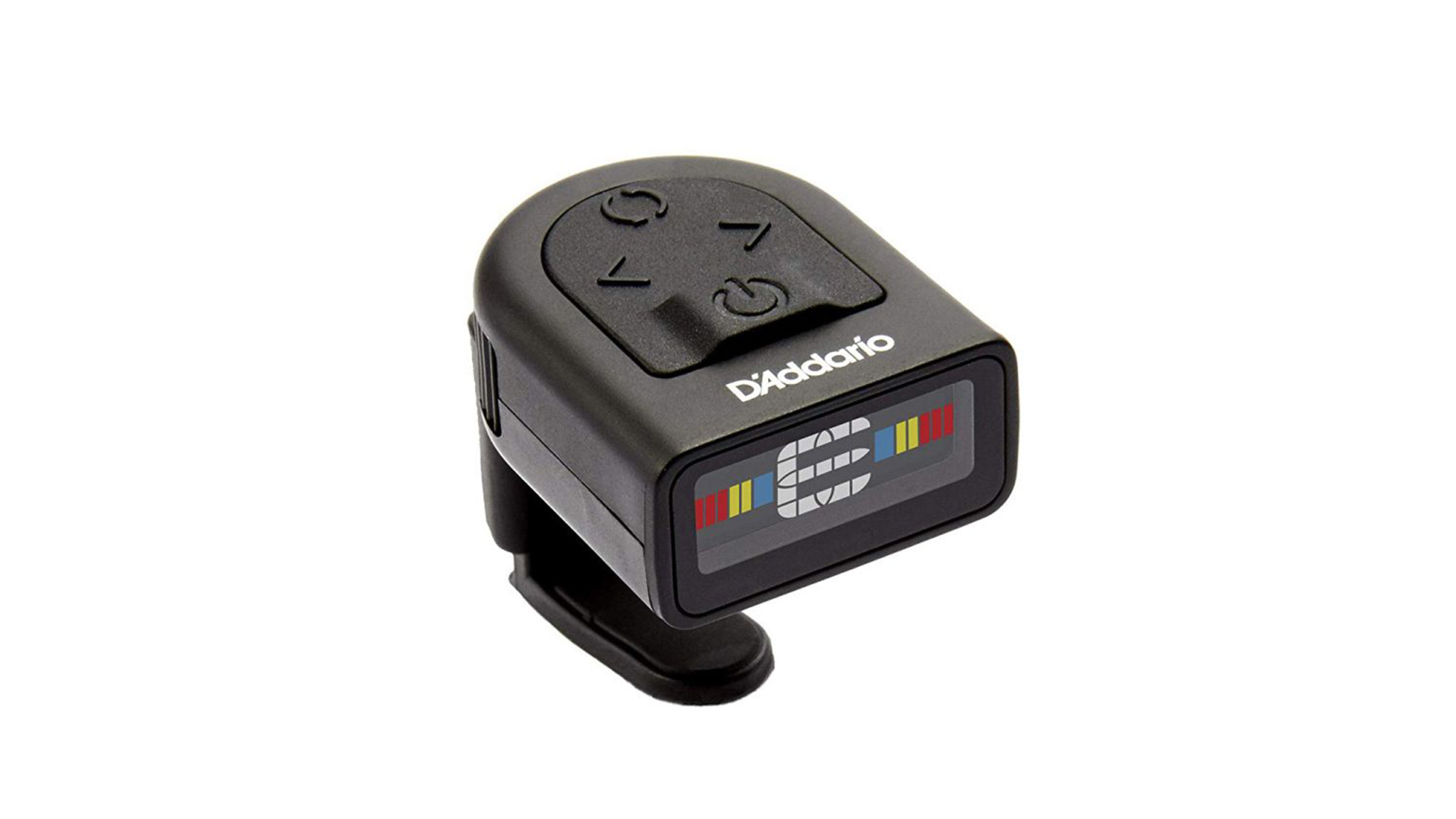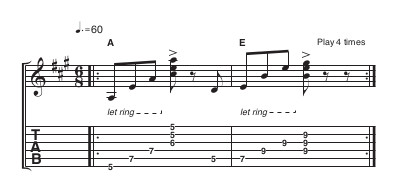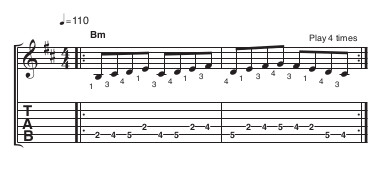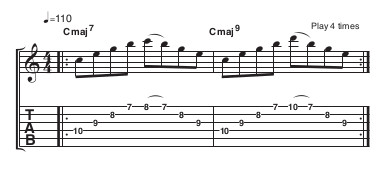10 ways to improve your guitar practice now
Improve your routine with our quick lessons and tips
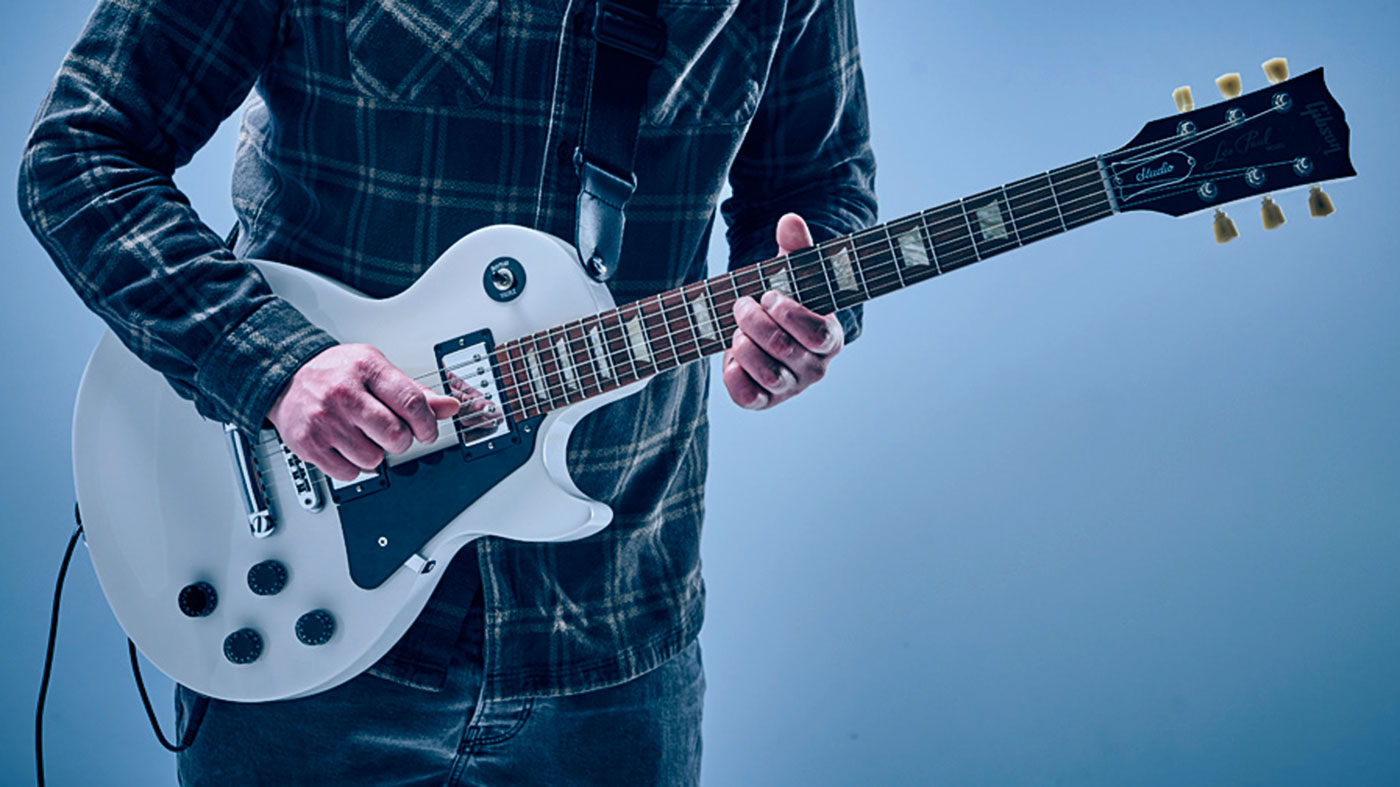
When practising guitar, it's important not to run before you can walk.
Cover some essential basics before you tackle the advanced stuff and you’ll see improvements in your playing fast.
Here, we present 10 routes to the best guitar practice routine of your life...
1. Steady strumming
For this Noel Gallagher-inspired part, strum the G5 chord with a ‘down, down, down-up’ motion then use the same pattern on the Cadd9. Keep your wrist loose and don’t grip your pick too tightly.
2. Sharper chord changes
- Choose your chords. Well get you started with a handful of easy open shapes and a barre chord.
- Play the chords at a slow tempo - slow enough that you don’t make any mistakes.
- Check for fretting errors, string scuffs, muted strings and make any adjustments.
- Now try speeding up as you change, and, for a challenge, play the chords in a different order.
3. Use drum loops for better timing
Practising with a metronome or drum wiII improve your timing as you’ll hear if you speed up slow down. See if you can keep our easy Stones-style riff going to the end of the drums and bass backing music!
4. Play tight or play loose
Hone the finer elements of your timing here. We’ve recorded this example to strict timing, so try that first. Next adopt a more relaxed, laid-back style - a technique known as playing ‘after the beat’.
5. Build speed with a metronome
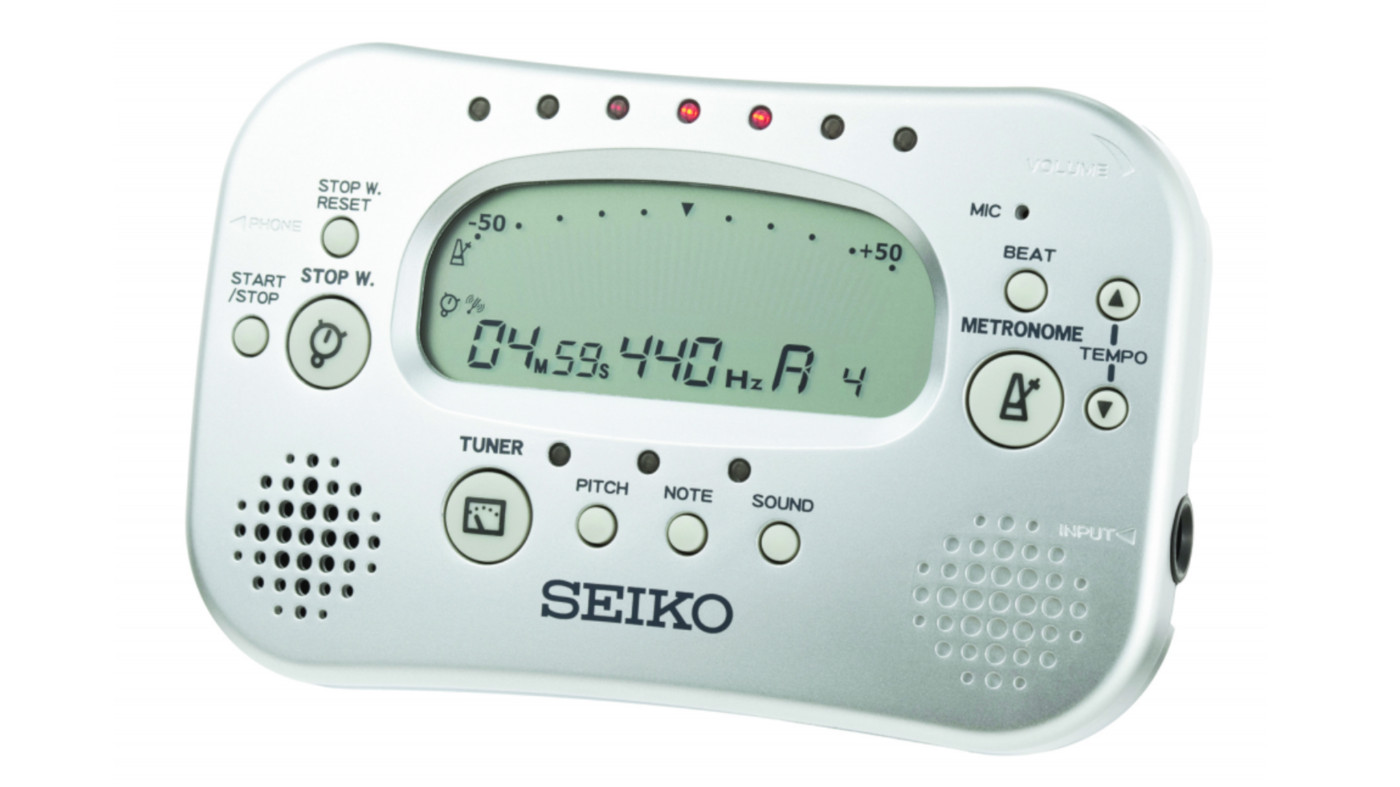
There’s nothing like the unrelenting click of a metronome to help you improve timing, accuracy and playing speed. Choose any short section of music you’re trying to learn and apply this process.
Want all the hottest music and gear news, reviews, deals, features and more, direct to your inbox? Sign up here.
- Play your riff to a super-slow metronome beat — so slow you almost can’t make a mistake. If the metronome is too slow to latch on to, then set it to double time.
- Repeat your riff a few times to get comfortable with the changes.
- Increase the tempo in steps of four to five bpm. It’s a tiny increase in speed, but each step will challenge you further.
- As the speed gets more challenging, increase in smaller increments, say, one to two bpm.
- Finally, drop your tempo back to your starting speed and repeat the process.
6. Scale runs for finger independence
It happens to everyone - try to move a finger it just won’t go! This Muse-style riff will help you develop independence in your fretting fingers and synchronisation with your picking.
7. Arpeggios and dexterity
Here we’re using an arpeggio to help develop finger dexterity. Try keeping the chord notes ringing first; then have a go at keeping each note separated from the last. It’s tough so practise slowly!
8. Pro tip: the Brian Fallon scales, theory and jamming plan

Gaslight Anthem frontman and solo artist Brian Fallon tells us he abides by three fundamentals for getting better, and we think they’re spot on...
“JustinGuitar said, ‘A lot of people say practice makes perfect. It doesn‘t. Practice makes permanent,’” explains Brian. So you have to practise correctly or you will inherently make mistakes over and over again. And the other thing, and this is for anyone searching, what do I practise to get better? What is going to get me to the goal?”
- “You have to learn technique. Meaning your fingers have to move correctly and a lot of this comes from scales. “
- “You have to learn theory to explain why am I hitting this note at the time when this chord is being played; what is the relationship? And it’s an incredibly important thing that people do not spend enough time on.”
- “The third thing is create with complete abandon; you must jam alone. So when you find a backing track, download that thing. It doesn’t matter if you’ve taken one lesson or 100, just jam, because you will learn more from jamming than you will leam from anything else in a book or in a lesson. But you need diligence in those three things to progress, or you will just spin your wheels. Which I did for months and it’s horrible, so listen to what I’m telling you.”
9. Learn challenging licks now!
- Bite-sized phrases: Don’t try to learn this tricky lick in ond go. Short one-bar phrases are easier to play and quicker to memorise.
- Join the dots: Make sure to practise across the bar lines too. It’s easy to neglect the all-important changes from bar to bar.
- Get creative: Try rewriting and rephrasing the lick or using a shuffle feel. Maybe try ‘reverse’ picking, swapping your downs for ups!
10. Divvy up your practice time to see results
- Warmups and basic skills: 10 minutes
- New songs and riffs: 30 minutes
- Rhythm guitar technique workout: 10 minutes
- Lead guitar technique workout: 10 minutes
